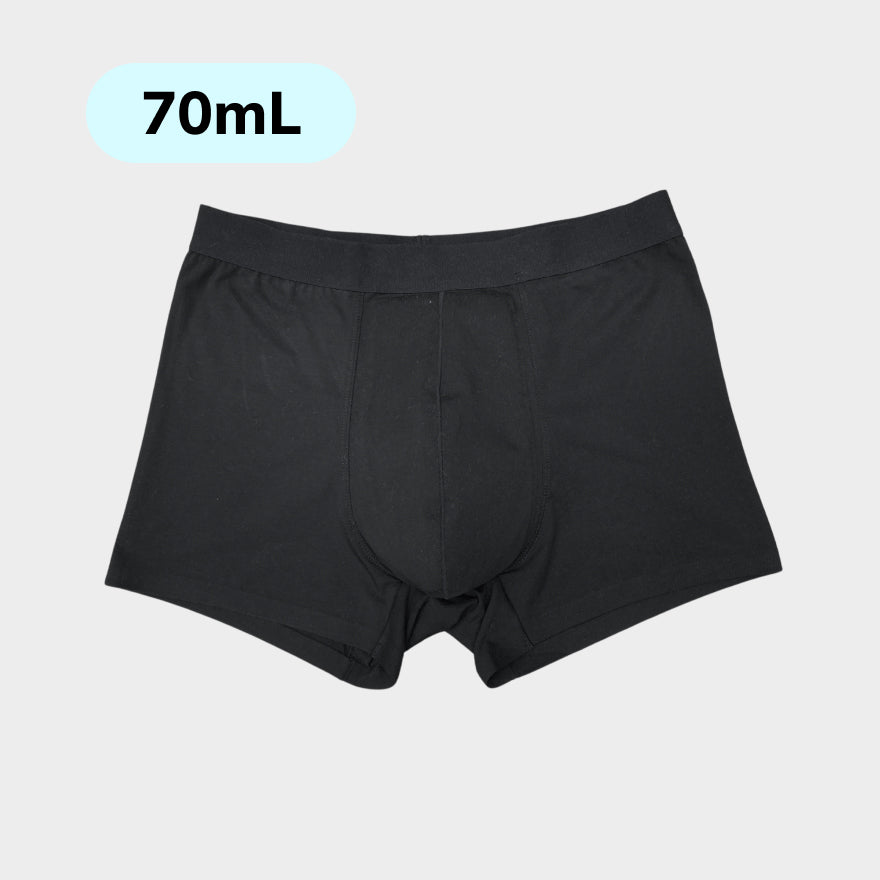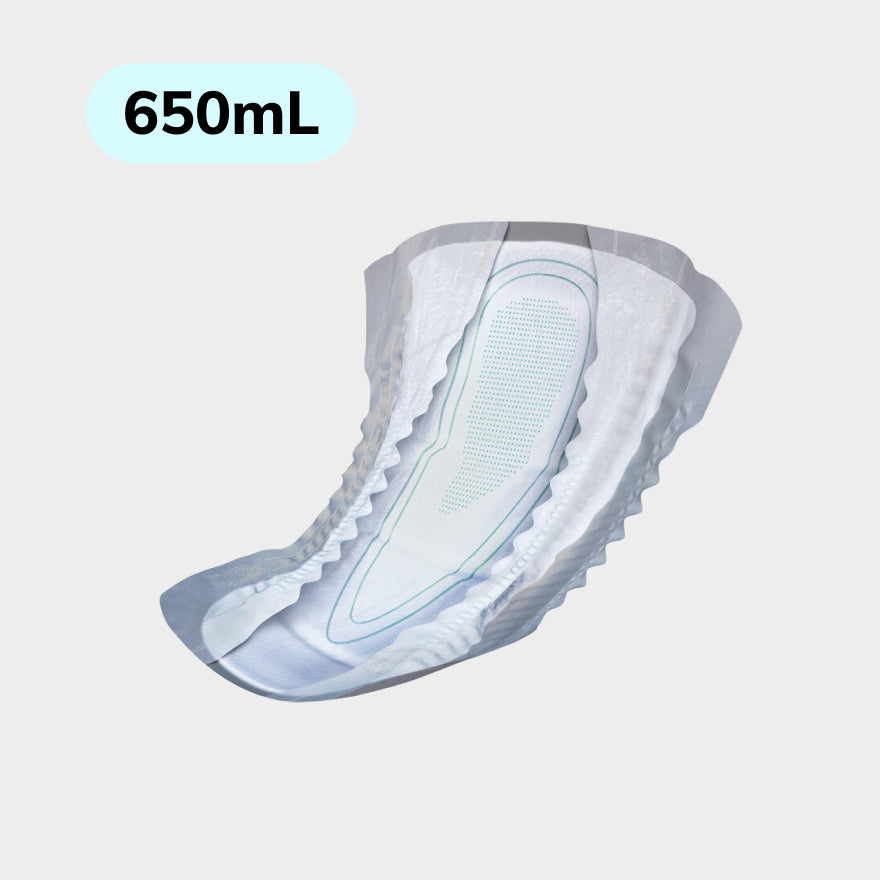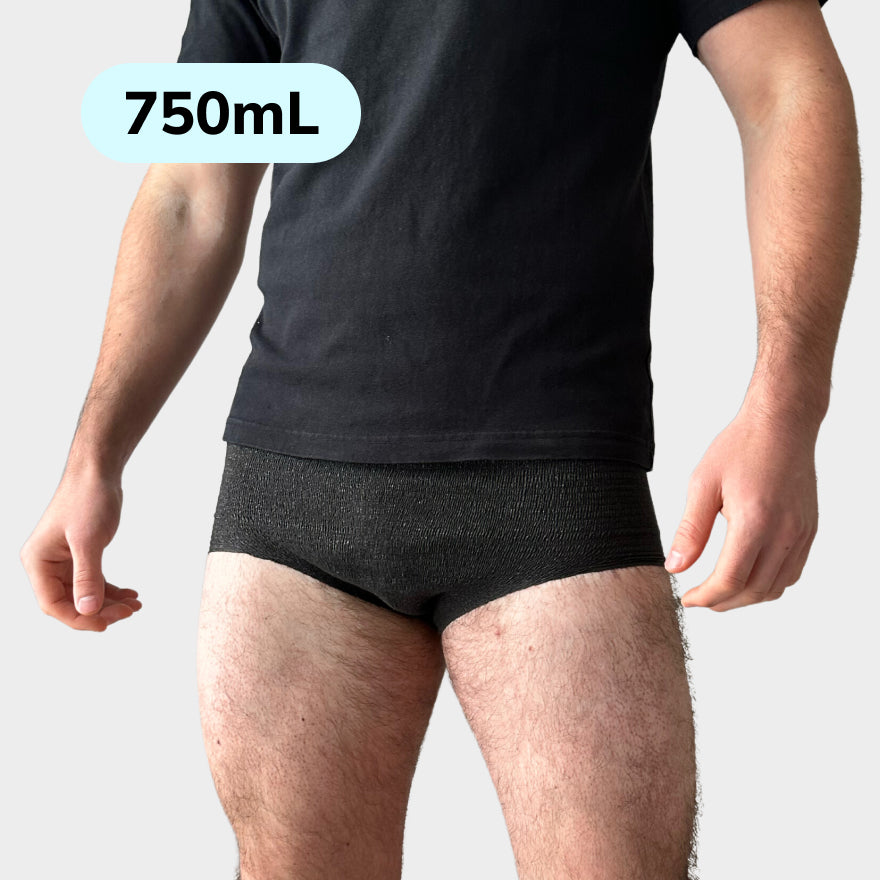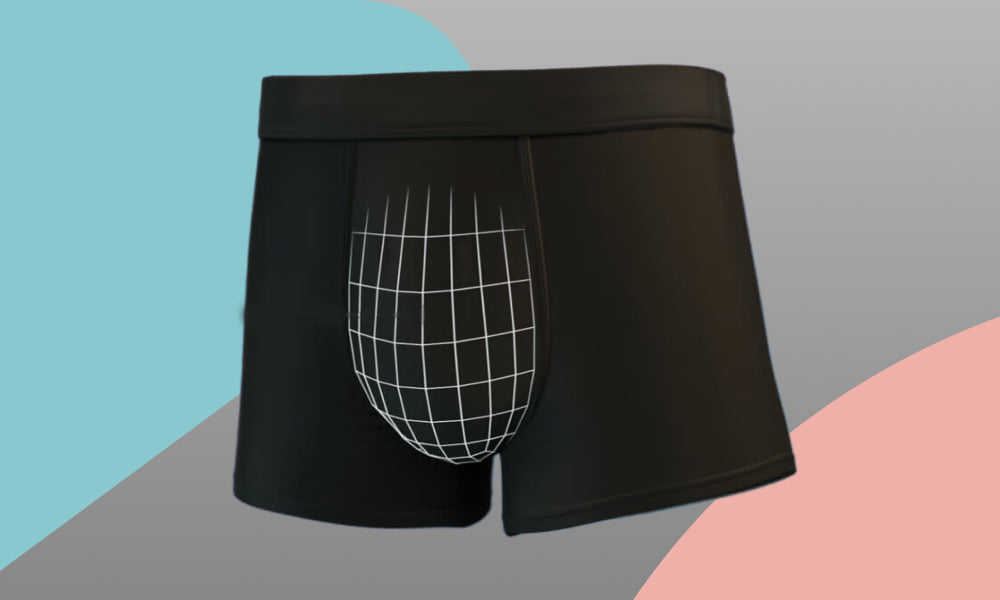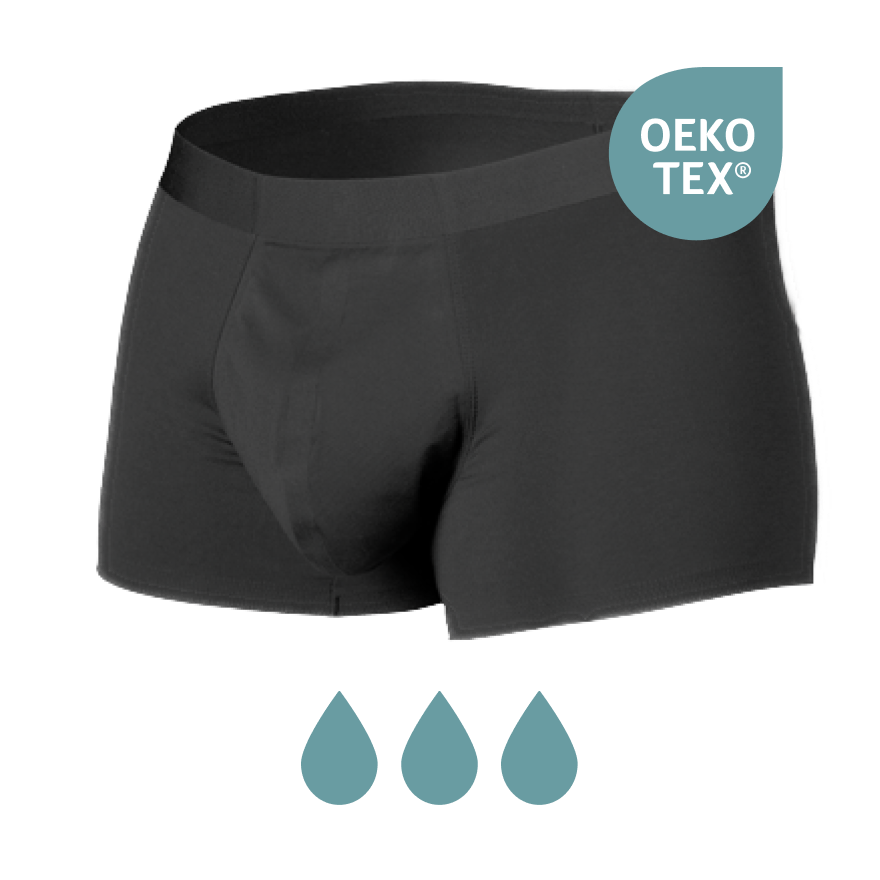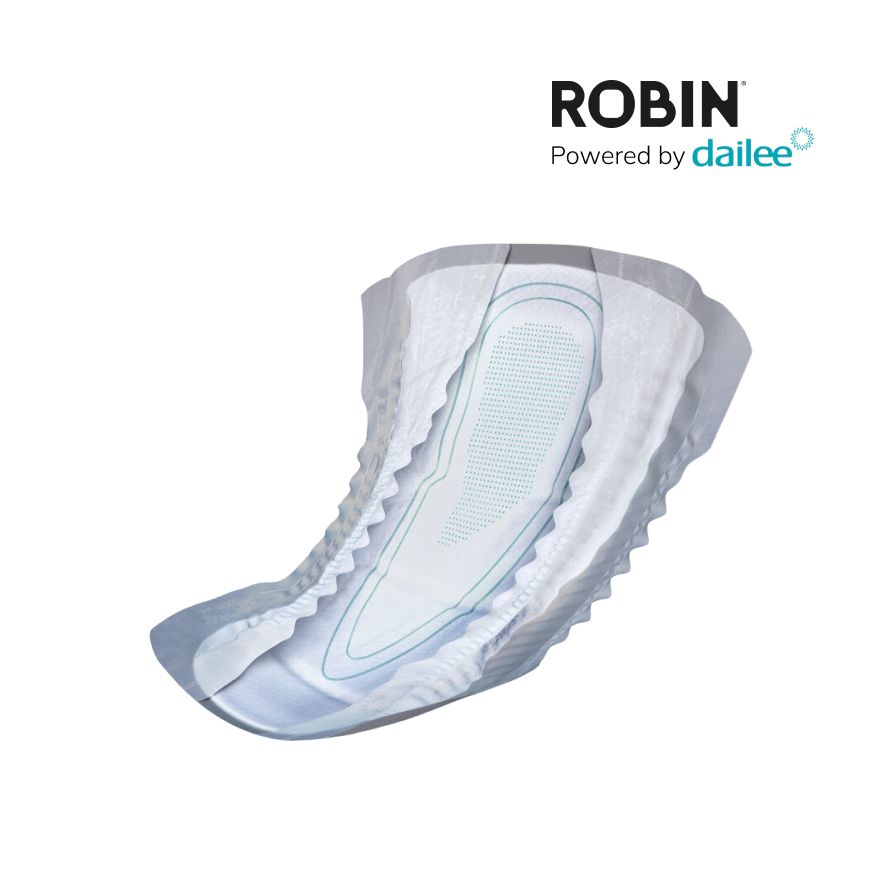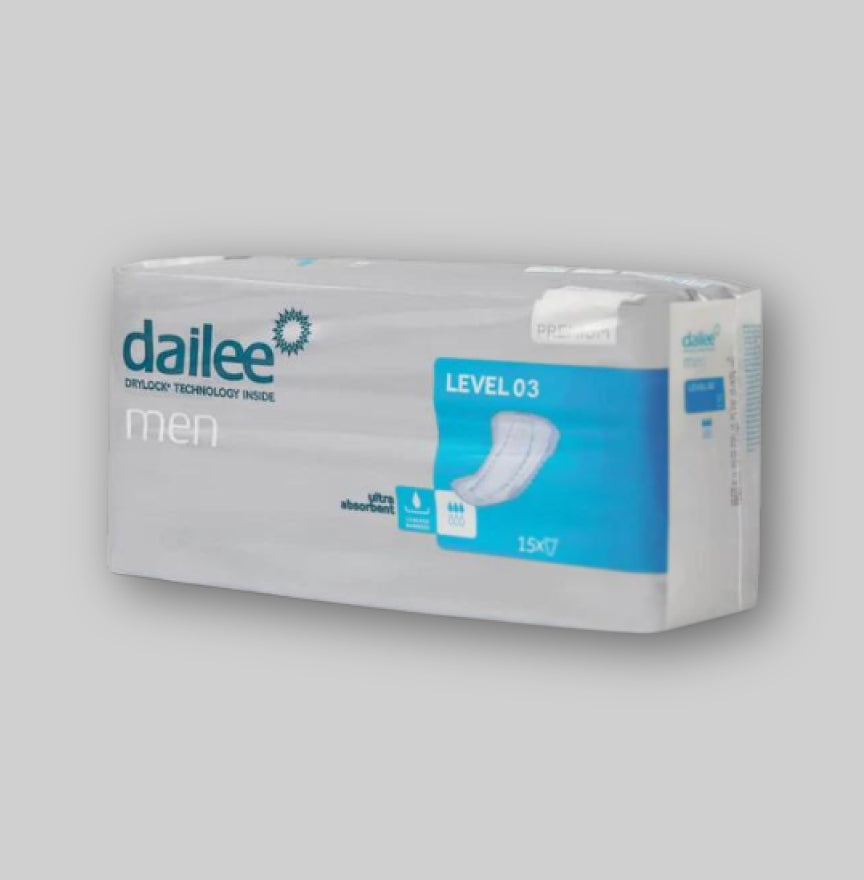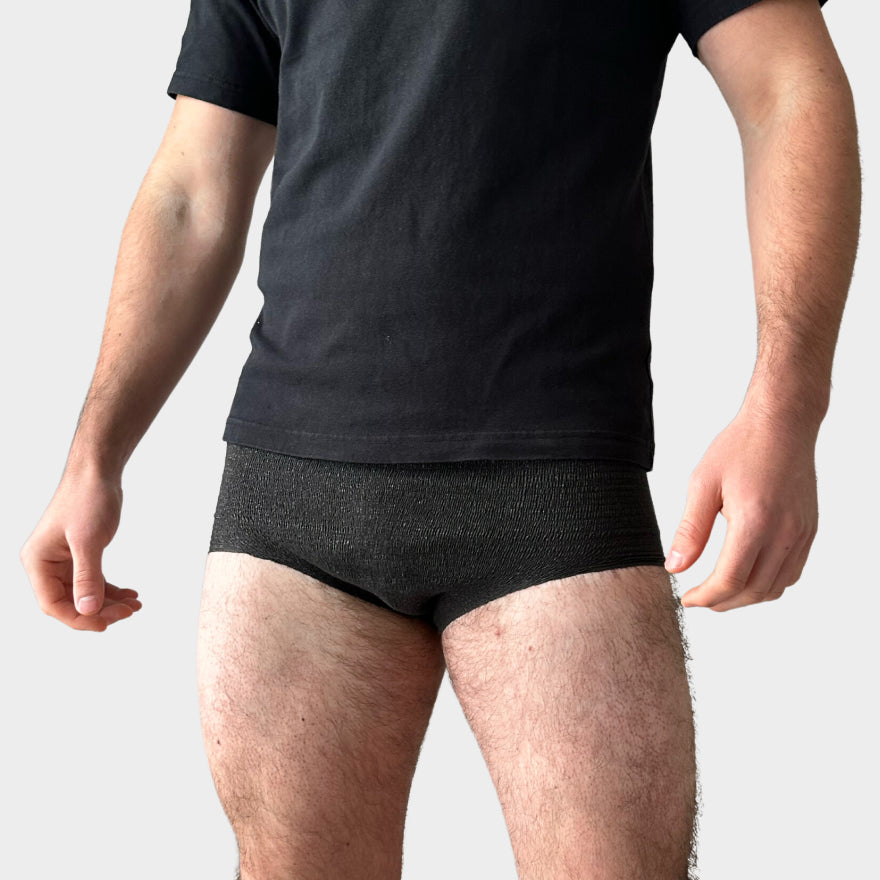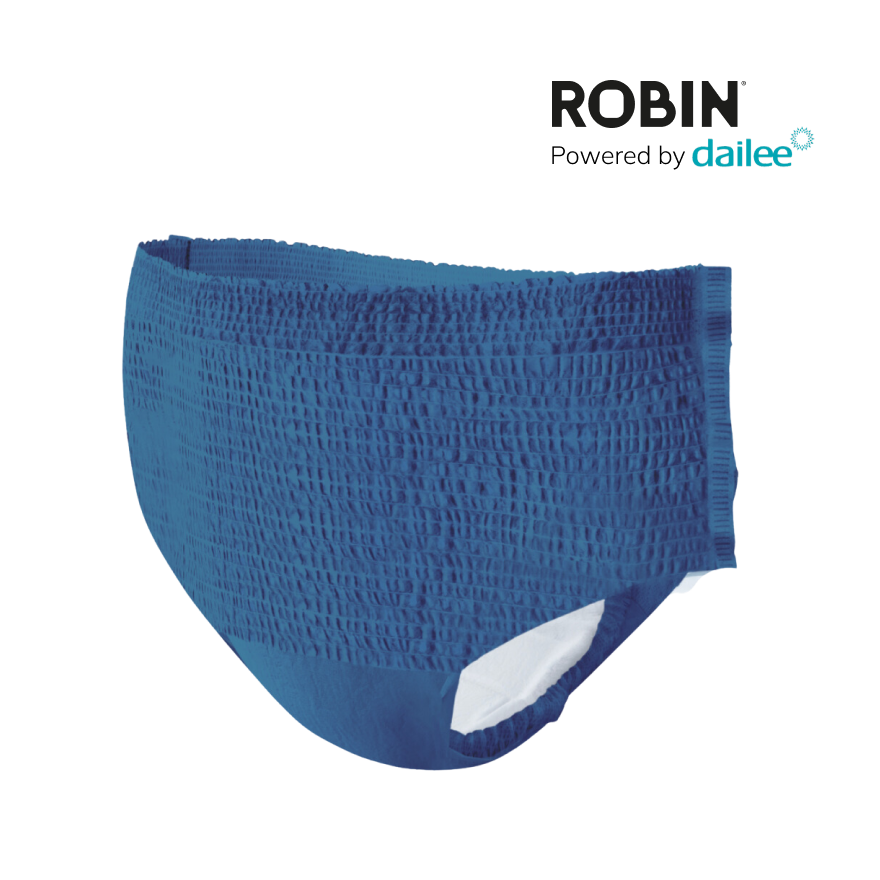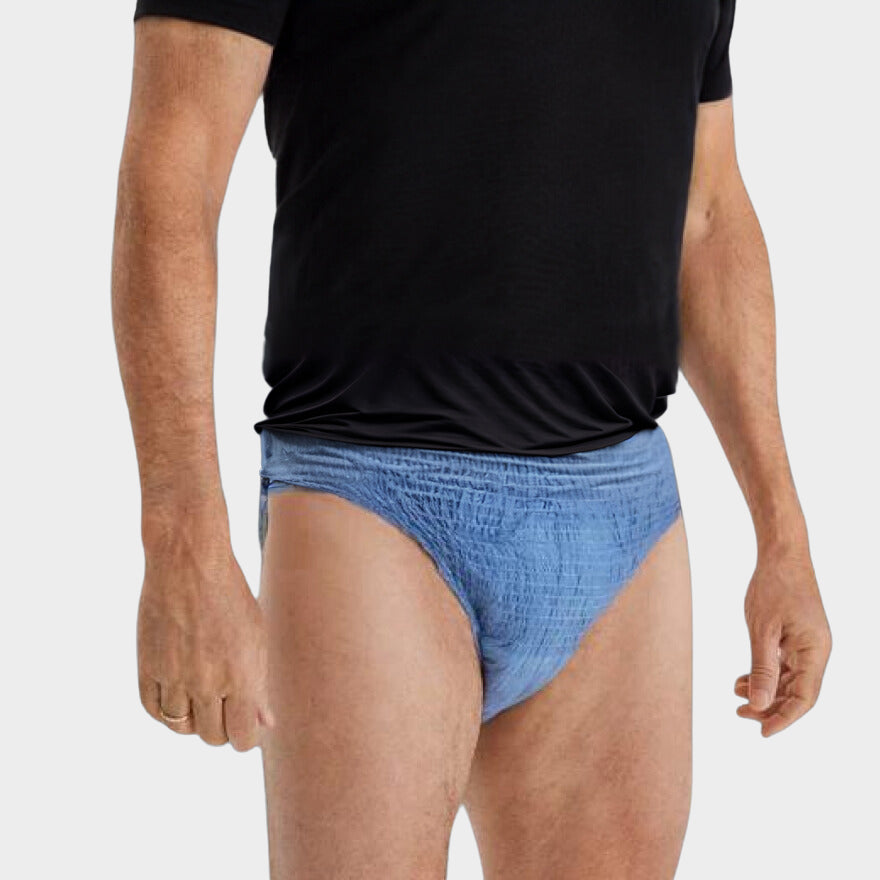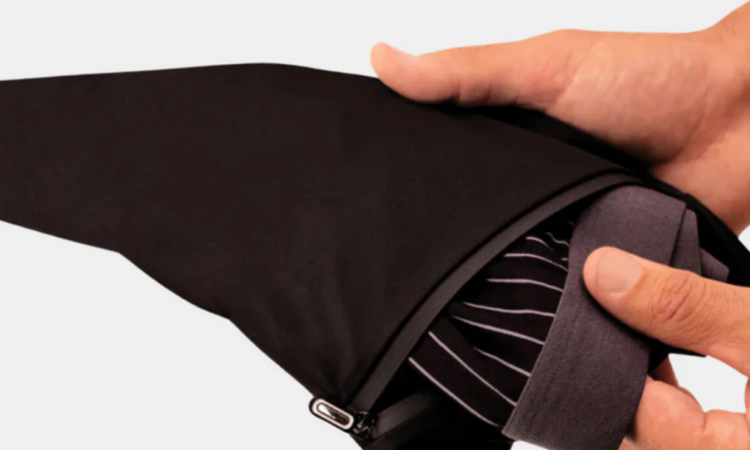Everything you need to know about peeing problems after prostate surgery
Prostate surgery can be life -saving for men suffering from prostate cancer or other prostate disorders. However, as with every operation, complications can occur, and urinary problems are a common care after prostate operation. In this article we discuss extensively the different urethra problems that can occur after prostate operation and we offer useful information about how to treat and manage these problems.
Types of urinary problems after prostate surgery
After prostate surgery, men can experience different urinary problems due to the procedure. Below are some of the most common urinary problems after prostate surgery:
-
Urine incontinence: This is a common problem where men have difficulty checking their urine and experiencing unwanted loss of urine, especially with coughing, sneezing or laughing.
-
Urine ray problems: Some men may have trouble starting or stopping their urine bead, or experience a weak urine bead that makes it difficult to urinate well.
-
Frequent urination: After prostate surgery, men can feel the urge to pee more often, even if the bladder is not full, which can disrupt their daily activities.
-
Nocturnal urination: Many men can wake up at night to pee, resulting in disturbed sleep patterns and fatigue during the day.
Treatment of urinary problems after prostate surgery
Fortunately, there are various treatments available to handle and manage pee problems after prostate surgery. Some of the most common treatments are:
-
Physiotherapy: Specific exercises aimed at strengthening the pelvic floor muscles can help improve control over the bladder and reduce urinary incontinence.
-
Medication: For some men, drugs such as alpha -blockers can be prescribed to illuminate urine strap problems and improve the urine flow.
-
Behavioral changes: Avoiding caffeine and alcohol, especially in the evening, can help to reduce the urge to pee at night. In addition, limiting moisture intake before bedtime can also help to reduce nocturnal urination.
-
Surgery: In some cases, a recovery operation may be needed to correct pee problems after prostate surgery, such as repairing a narrowed urethra or replacing a damaged sphincter.
Lifestyle adjustments for managing peeing problems
In addition to medical treatments, there are also some lifestyle adjustments that can help men manage urinary problems after prostate surgery. Some tips are:
- Avoid excessive moisture intake, especially before going to sleep, to reduce nocturnal urination.
- Perform cone exercises regularly To strengthen the pelvic floor muscles and to reduce urine incontinence.
- Keep a pee diary To identify patterns and gain better insight into the lake habits.
- Consult a urologist For regular follow-up agreements and additional advice on the management of urinary problems.
It is important to note that peeing problems often improve after prostate surgery over time, but it is essential to discuss any concerns or discomfort with your care provider for appropriate treatment and guidance.
Conclusion
Pey problems After prostate surgery are a common care for men, but there are various treatments and strategies available to effectively treat and manage these problems. By working together with your healthcare provider and following up appropriate treatments and lifestyle adjustments, you can effectively tackle your peeing problems and improve your overall quality of life.
